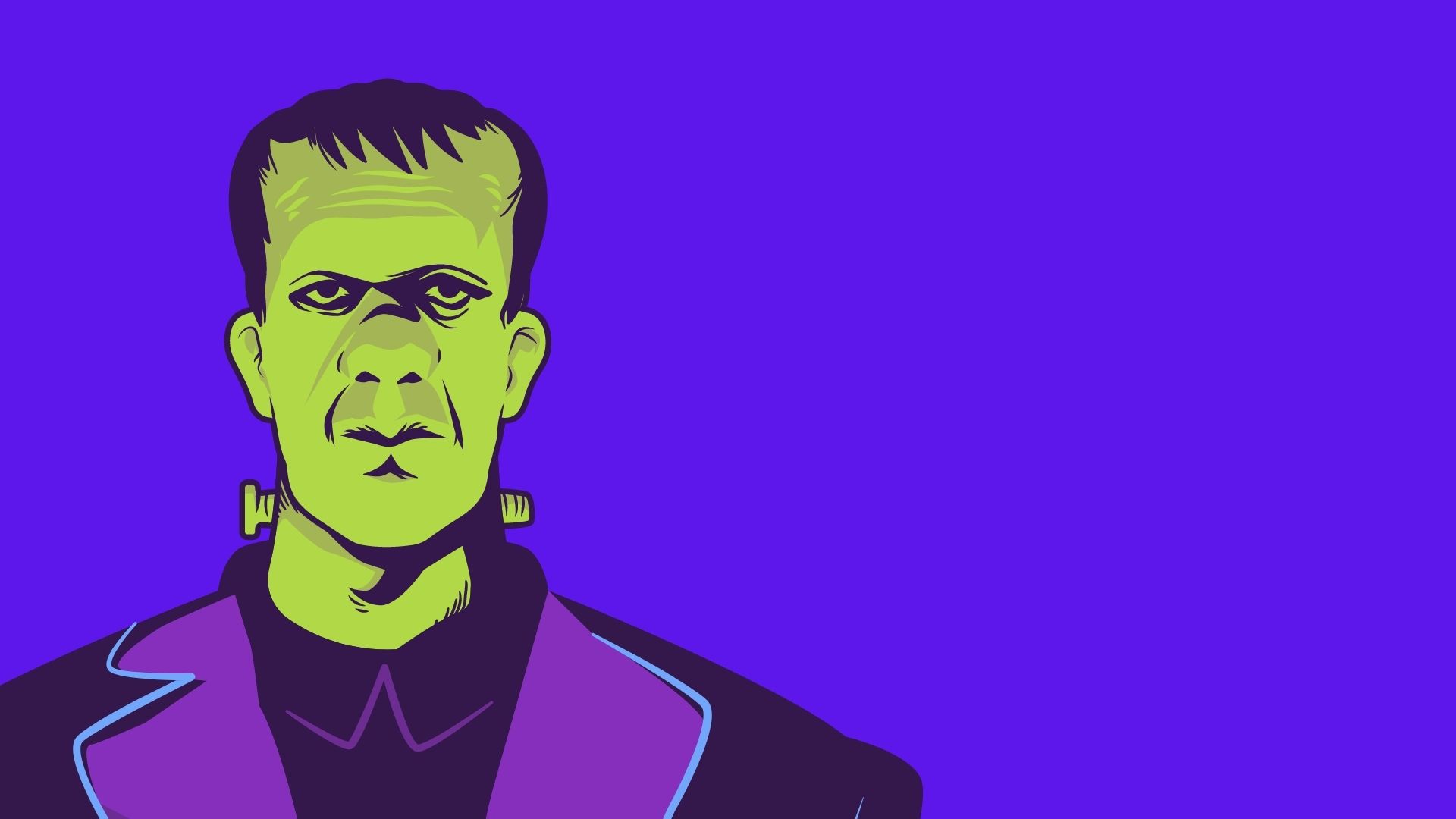
FAQ About Frankenstein

What are the similarities and differences between the novel and its many adaptations?
The novel Frankenstein has been adapted numerous times in various forms of media, including films, television shows, plays, and more. While adaptations can vary widely in their interpretations and creative choices, there are some common similarities and differences between the original novel and its adaptations:
Similarities:
- The Central Premise: Most adaptations retain the central premise of the novel, which revolves around Victor Frankenstein's creation of the Creature and the moral and ethical consequences of his actions.
- Character Names and Relationships: The main characters, such as Victor Frankenstein, Elizabeth, Henry Clerval, and the Creature, typically retain their names and essential relationships in most adaptations.
- Themes of Ambition and Responsibility: The themes of ambition, scientific responsibility, the consequences of playing "God," and the ethical implications of Victor's experiment are commonly explored in adaptations.
- The Creature's Appearance: In many adaptations, the Creature is portrayed as a reanimated, grotesque being with stitched-together body parts, consistent with its description in the novel.
- The Setting: While some adaptations may update the time period or setting, many retain the novel's original setting of 18th or 19th-century Europe.
Differences:
- Narrative Focus: Some adaptations may shift the narrative focus, providing more emphasis on specific characters or events, or altering the sequence of events for dramatic effect.
- Character Development: The depth and complexity of characters may vary in adaptations compared to the novel. Some adaptations may explore the emotional and psychological aspects of the characters more extensively, while others may simplify their portrayals.
- Creature's Personality: The Creature's personality and motivations can differ significantly between adaptations. While some portray the Creature as a sympathetic and intelligent being, others may emphasize its violent and monstrous nature.
- Ending and Resolutions: Adaptations often diverge in their endings and resolutions, presenting alternative outcomes for the characters and events. Some adaptations may offer a more hopeful or tragic conclusion compared to the novel.
- Modernization and Cultural Context: Adaptations set in different time periods or cultural contexts may reinterpret the story to address contemporary issues and themes.
- Secondary Characters and Subplots: Adaptations may introduce new secondary characters or subplots that are not present in the original novel to enrich the storytelling.
- Themes and Emphasis: While most adaptations touch on the main themes of the novel, they may emphasize different aspects of the story, such as horror, romance, or philosophical exploration, depending on the filmmaker's or writer's intentions.
